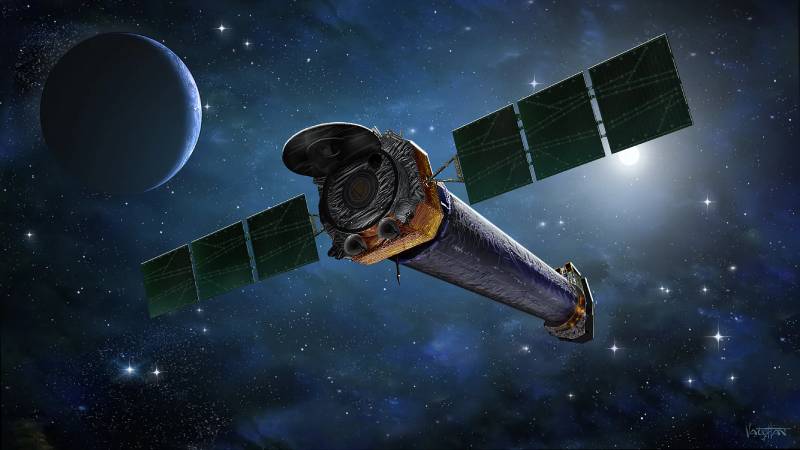NASA is contemplating reductions in the budgets of two of its most significant space telescopes in the face of broader spending cutbacks in its astrophysics programs.
Mark Clampin, the director of NASA’s astrophysics division, revealed in a presentation to the National Academies’ Committee on Astronomy and Astrophysics on October 13 that he is exploring potential cuts in the operating budgets of the Chandra X-Ray Observatory and the Hubble Space Telescope. This action is aimed at safeguarding funding for other key priorities within the division.
The motivation behind these potential budget cuts is the anticipation that the division will not secure the full requested budget of approximately $1.56 billion for fiscal year (FY) 2024. This is due to legislation passed in June, which sets a cap on non-defense discretionary spending for 2024 at 2023 levels, with only a 1% increase for 2025.
Clampin stated, “We’re working with the expectation that FY24 budgets stay at the ’23 levels,” and that has led to the decision to reduce budgets for missions in extended operations, including Chandra and Hubble.
The specific budget cuts for these observatories and their consequences have not been disclosed yet, as they are still under review. Clampin mentioned that he made a “positive adjustment” for Chandra recently, indicating that the numbers are not final.
Chandra and Hubble are two of the most expensive NASA astrophysics missions to operate, after the James Webb Space Telescope. The budget request for fiscal year 2024 includes $93.3 million for Hubble and $68.7 million for Chandra, representing a little over 10% of NASA astrophysics’ budget request for that year.
Additionally, both missions are among the oldest at NASA, with Hubble launched in 1990 and Chandra in 1999. These missions’ age and operational challenges are cited as reasons for the proposed budget reductions.
Clampin revealed plans for two “mini senior reviews” for Chandra and Hubble in May 2024, following the release of the fiscal year 2025 budget proposal. These reviews will determine whether and how to extend the missions.
The savings from these potential budget reductions will be reallocated to support other astrophysics priorities, including the Nancy Grace Roman Space Telescope, smaller Explorer-class missions, and NASA’s contributions to missions led by other nations.
NASA is also considering “small reductions” to other operating missions and technology development spending to mitigate potential sharp cuts in astrophysics. The agency is closely monitoring budget developments in the Senate and House appropriations committees, as the final budget allocation will significantly impact these decisions.
The information contained in this post is for general information purposes only. The information is provided by NASA Contemplates Budget Reductions For Hubble And Chandra Space Telescopes and while we endeavour to keep the information up to date and correct, we make no representations or warranties of any kind, express or implied, about the completeness, accuracy, reliability, suitability or availability with respect to the website or the information, products, services, or related graphics contained on the post for any purpose.


